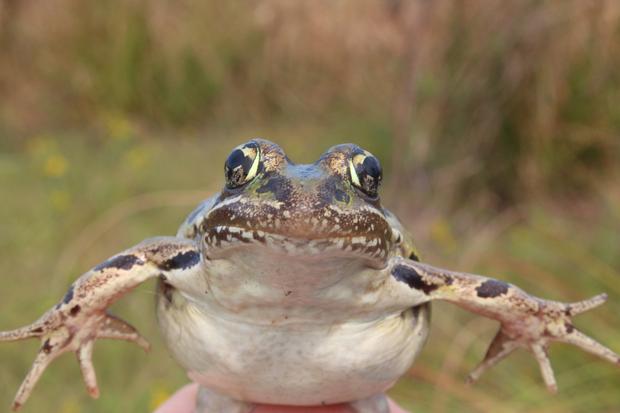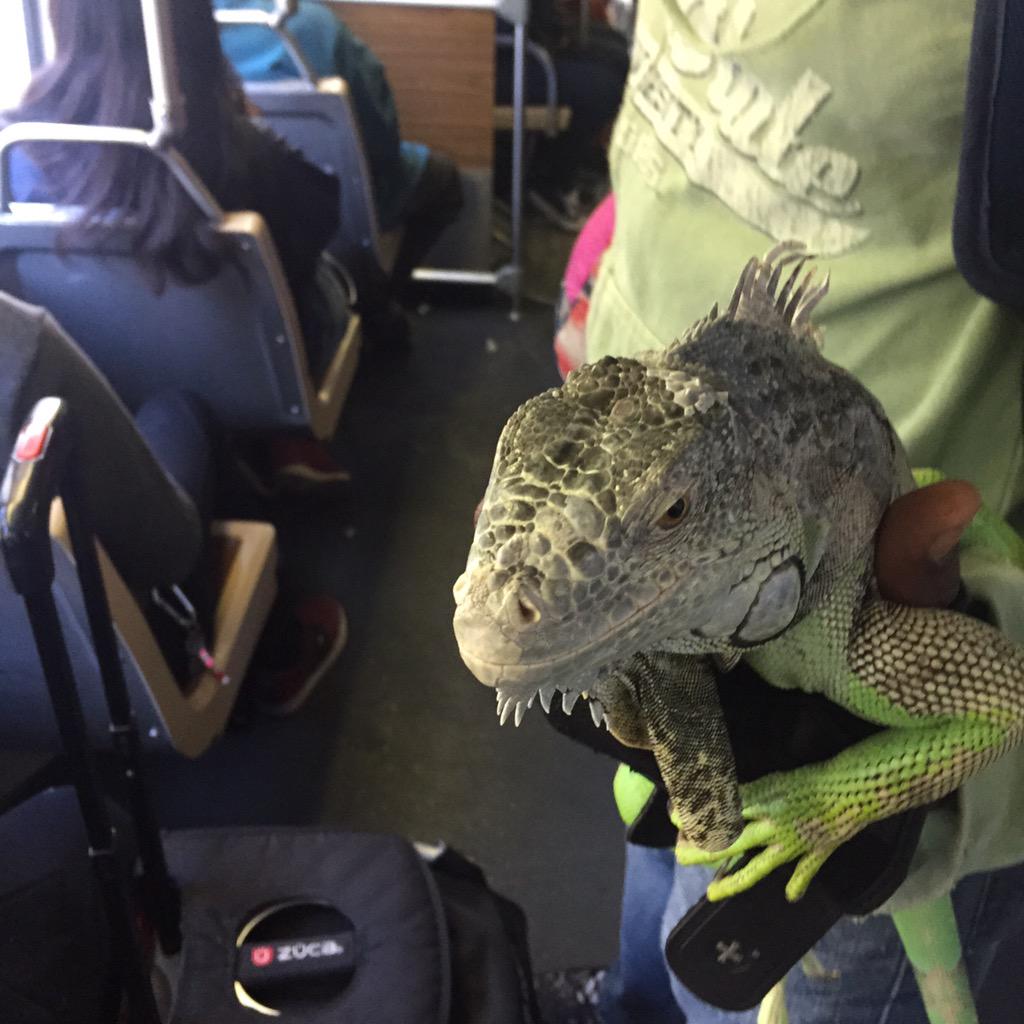By Herp News
How can species reintroduction projects ensure success? One way is to accurately monitor the target species and their habitat. A team working to bring back the endangered black-footed ferret to the plains of western North America is deploying unmanned aircraft systems (UASs, UAVs or drones) to strengthen monitoring of the species’ habitat. The World Wildlife Fund (WWF) partnered with Behron and Associates, Idaho State University, the Fort Belknap Fish and Wildlife Department, Eagle Digital Imaging and ESRI to deploy UASs to monitor black-footed ferrets (Mustela nigripes) habitat. Kristy Bly, senior wildlife conservation biologist at WWF’s Northern Great Plains Program, explained to Wildtech that the team is assessing whether drones can be used to effectively monitor black-footed ferret habitat in a study area on the plains of the 675,147-acre (273,222 ha) Fort Belknap Reservation in Montana. In early 2013, WWF and the Fort Belknap Fish and Wildlife Department reintroduced the ferrets to the Ft. Belknap prairie dog colony complex that they had occupied years before. (A complex is a group of prairie dog colonies grouped together within a mile of one another.) A black-tailed prairie dog colony extends across the harsh, windswept landscape of the Fort Belknap Indian Reservation. © Conservation Media/WWF-US The decimation of the prairie dog Only around 300 black-footed ferrets still live in the wild; the species is listed as Endangered by the International Union for Conservation of Nature (IUCN) Red List. The ferrets rely on prairie dog (Cynomys spp.) burrows for shelter and are obligate predators of…
…read more
Read more here: herpetofauna.com
No products found.
















-med.jpg?w=250)
